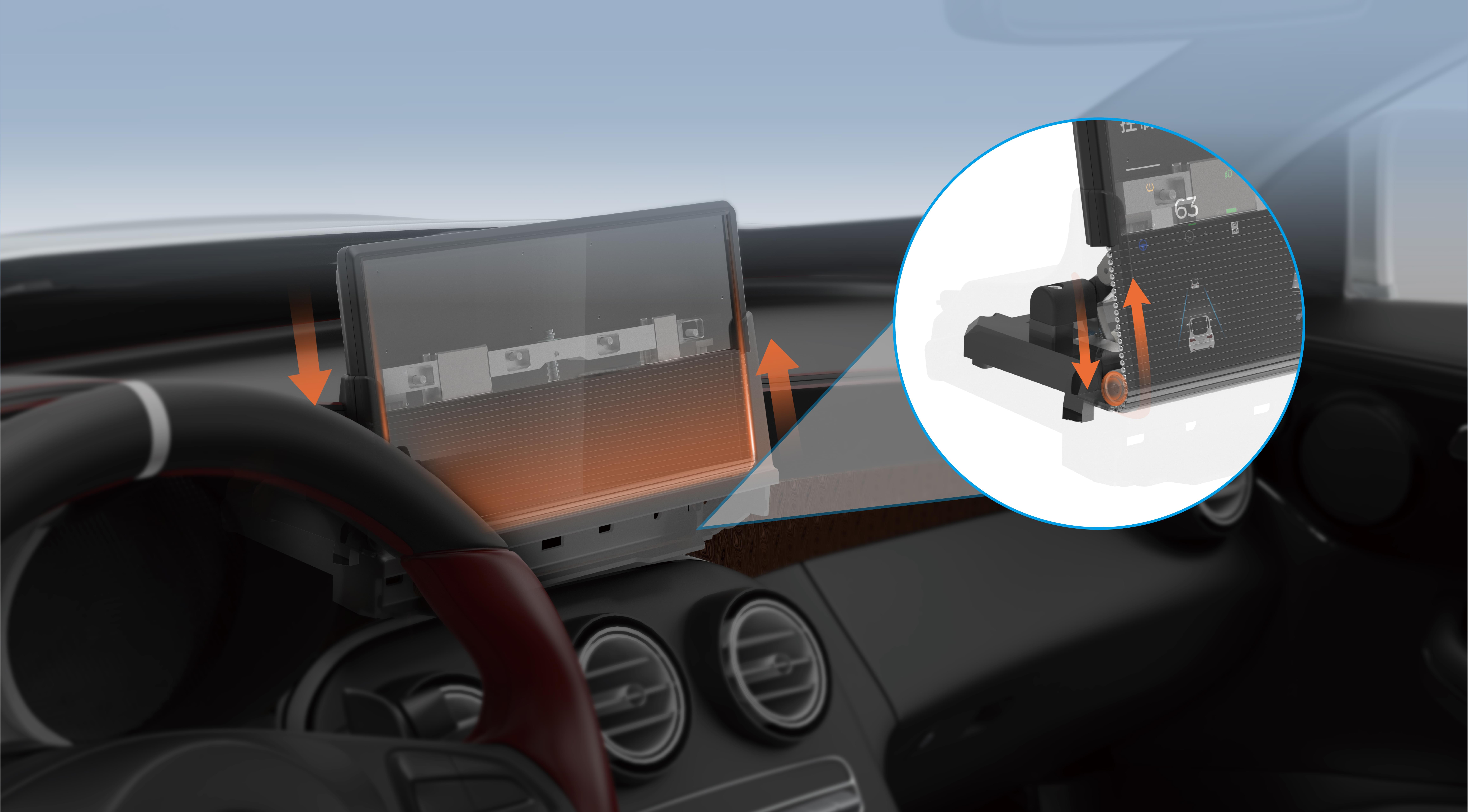The Fascination with Big Servo Motors: Power, Precision, and Potential
In the world of industrial automation, robotics, and high-precision machinery, servo motors have become the silent heroes behind countless innovations. Among these, big servo motors stand out—not just because of their size—but because of their sheer power, adaptability, and the roles they play in pushing modern technology forward. Whether it's assembling skyscrapers, managing advanced robotics, or powering heavy-duty manufacturing lines, big servo motors are often the essential backbone.

But with great power comes great cost—or at least, that's a question many engineers, procurement managers, and business owners ask when considering a hefty investment: "What’s the big servo motor price?" Understanding this isn't as simple as checking a price tag online; it involves diving into the many factors that influence costs, the value they offer, and how to wisely navigate your options.
Why are big servo motors so sought after?
In essence, the prime appeal of big servo motors lies in their capacity to deliver high torque, precise positional control, and durability in demanding environments. Unlike their smaller counterparts, these motors are engineered to handle loads that can range from hundreds to thousands of kilograms, making them invaluable in heavy machinery, CNC machines, robotics, and aerospace applications.
Their size and power are directly linked to performance, but they also significantly influence price. While a more modest servo motor might be found for hundreds of dollars, a large, industrial-grade servo can run into thousands or even tens of thousands of dollars. But what exactly drives these numbers?
Breaking down the cost components
Before jumping into numbers, it's worth understanding what contributes to the overall price of a big servo motor:
Motor Size and Power Rating: The physical dimensions and rated power output are primary factors. Larger motors with higher torque capabilities require more materials—copper windings, robust bearings, and frames capable of withstanding significant stresses. Naturally, these augment manufacturing costs.
Materials and Build Quality: High-quality materials such as rare-earth magnets, specialized insulation, and corrosion-resistant coatings ramp up expenses but ensure durability and performance, especially in harsh environments.
Control System and Feedback Devices: Servo motors are part of a larger control loop that ensures precision. Large servo systems often incorporate advanced encoders, resolvers, or tachometers. The sophistication and precision of these feedback devices matter in pricing.
Brand and Reliability: Premium brands with proven reliability, after-sales support, and longer lifespan typically command higher prices. Conversely, budget options might cut corners on materials or features but could be less durable over time.
Additional Features and Customization: Custom configurations, specialized mounting options, brake systems, or thermal management features add to the price but enhance performance tailored to specific applications.
Current Market Trends and Price Ranges
Based on recent market research and industry feedback, here's a broad overview of price ranges for big servo motors:
Entry-Level Heavy-Duty Servo Motors: For moderate applications, you might find models priced from approximately $2,000 to $5,000. These motors typically have a torque range between 20 Nm and 100 Nm, suitable for lighter industrial duties.
Mid-Range High-Performance Servos: As performance demands increase, prices reach from $5,000 to $15,000. These models often feature higher torque (100 Nm to 300 Nm), advanced control features, and robust construction.
Premium Industrial Servo Motors: For large-scale automation or specialized industries like aerospace or large robotic arms, prices can soar from $15,000 to over $50,000. These are custom-engineered units with exceptional precision, high thermal capacity, and cutting-edge feedback systems.
Variables that Influence Pricing
Application-Specific Customization: A servo motor designed for extreme environments—such as high temperature, corrosive atmospheres, or explosive zones—requires specialized materials and engineering, raising costs significantly.
Supply Chain and Material Costs: Fluctuations in raw material prices (like copper or rare-earth magnets) influence manufacturing costs, which may transfer to the end-user.
Volume and Procurement Source: Bulk purchasing or direct-from-manufacturer transactions can offer discounts. Conversely, smaller orders or retail prices tend to be higher.
In the next part, we will explore how to interpret these price differences, strategies to evaluate value versus cost, and how emerging trends like smart servo systems and industry 4.0 are affecting big servo motor pricing. Stay tuned for a comprehensive guide to making smart purchasing decisions that match your project's unique demands.
Leveraging innovations in modular drive technology, Kpower integrates high-performance motors, precision reducers, and multi-protocol control systems to provide efficient and customized smart drive system solutions.




































